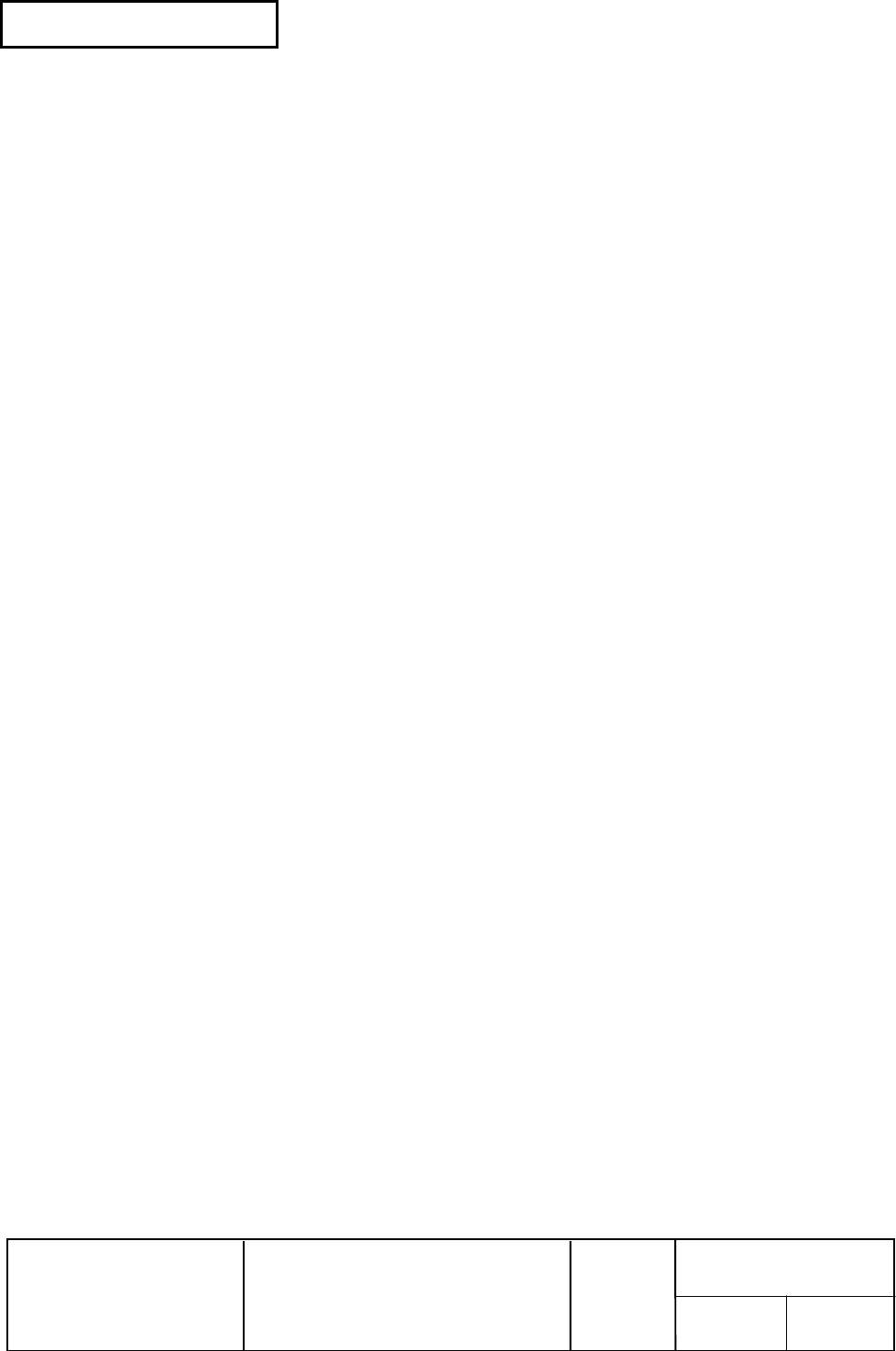
Confidential
EPSON
TITLE
SHEET
REVISION
NO.
SHEETNEXT
L
TM-U210 series
Specification
(STANDARD)
1617
2.1.2 IEEE 1284 Bidirectional Parallel Interface (Parallel Interface Specifications)
Copyright (C) 1993 by the Institute of Electrical and Electronic Engineers, Inc.
2.1.2.1 Specifications
Data transmission: 8-bit Parallel
Synchronization: Externally supplied nStrobe signals
Handshaking: nAck and Busy signals
Signal levels: TTL compatible
Connector: 57RE-40360-830B (DDK) or equivalent (IEEE 1284
Type B)
Reverse communication (Printer Host): Nibble or Byte Mode
Note: The letter “n” in front of a signal name indicates active LOW.
2.1.2.2 Switching between online and offline
The printer is not equipped with any online/offline switch. The printer is placed in offline
status in any of the following:
• When the power is turned on or until the printer becomes ready for data transmission after it
is initialized by the reset signal (nInit) from the interface.
• In the process of self-test.
• In the process of paper feeding using the paper feed switch
• Between the time when the printer stops printing due to a paper-end and when the online
recovery wait time finishes after loading paper (in cases when an empty paper supply is
detected by either the paper roll end detector or the paper roll near-end detector with a
printing halt feature set enabled due for low paper by ESC c 4).
• When an error has occurred.
2.1.2.3 Reverse Mode (Data Transmission from Printer to Host)
The STATUS data transmission from the printer to the host proceeds in the Nibble or Byte
mode.
• Description
This mode allows data transmission from the asynchronous printer under the control of the
host.
Data transmissions in the Nibble Mode are made via the existing control lines in units of four
bits (a Nibble). In the Byte Mode, data transmissions proceed by making the eight-bits data
lines bidirectional.
Both modes fail to proceed concurrently in the Compatibility Mode, thereby causing half
duplex transmission.


















